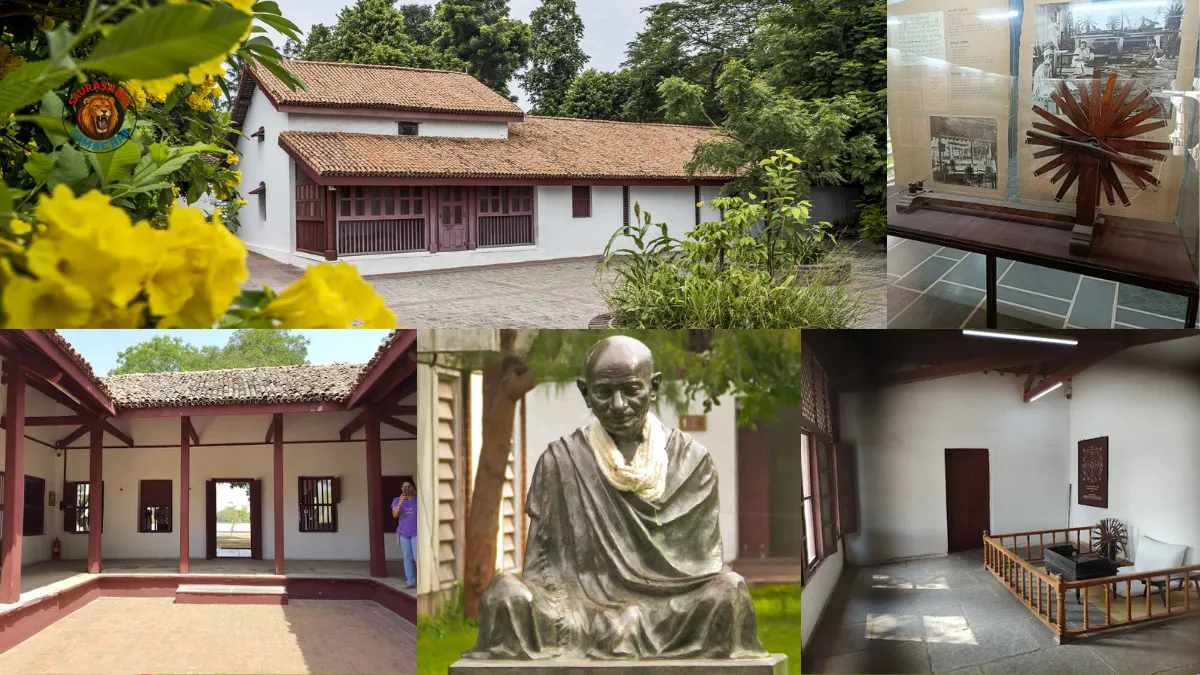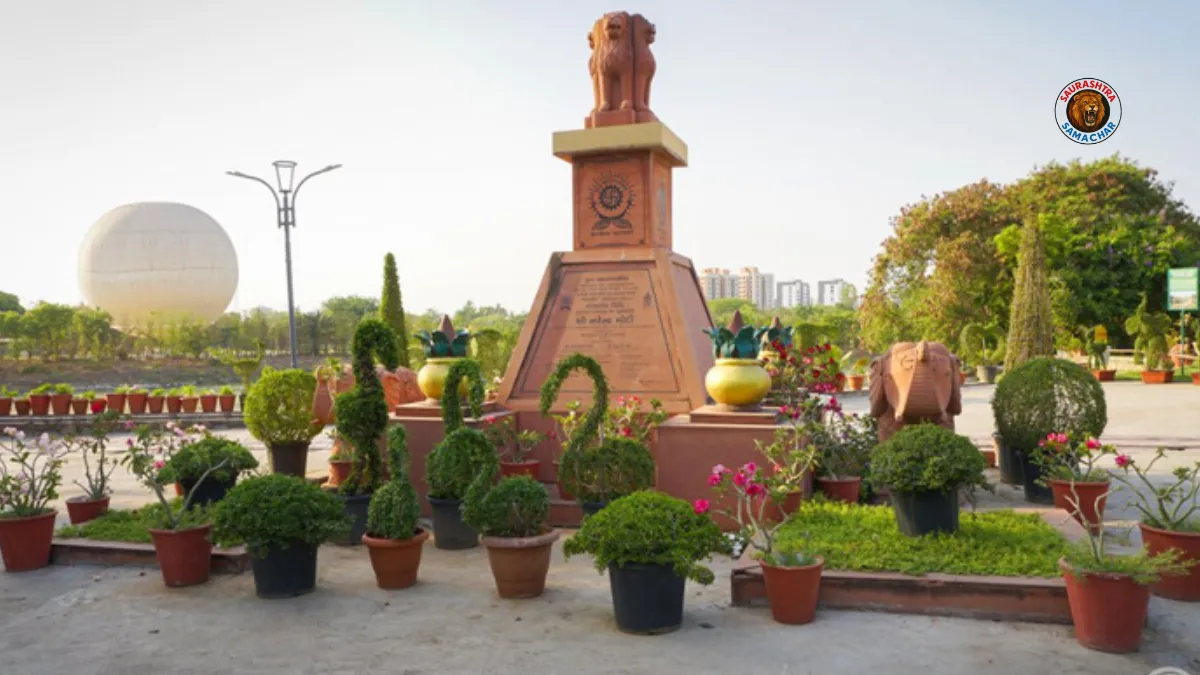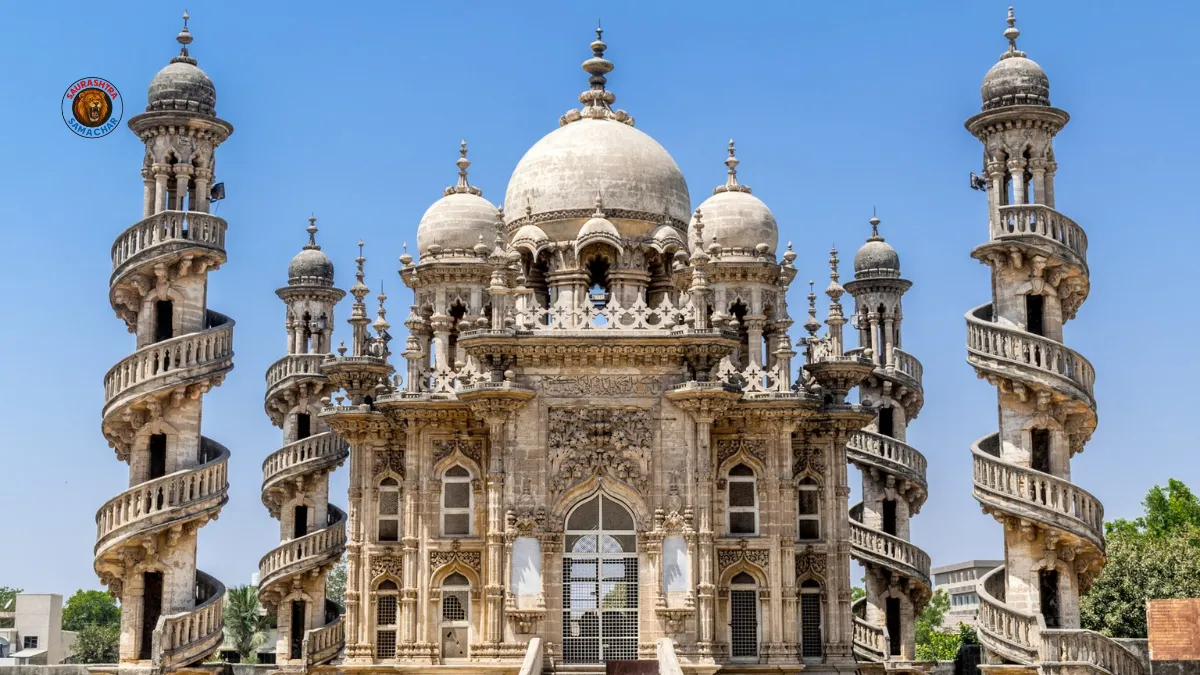Sabarmati Ashram is one of the most iconic places in India, located on the banks of the Sabarmati River in Ahmedabad, Gujarat. Known as the home of Mahatma Gandhi from 1917 to 1930, this ashram became the center of India’s freedom struggle and a symbol of peace, simplicity, and non-violence. Today, it is one of the most visited tourist attractions in Gujarat and a place of inspiration for people across the world.
History of Sabarmati Ashram
The ashram was founded by Mahatma Gandhi in 1917 after his return from South Africa. Gandhi chose this location between a prison and a crematorium, symbolically representing the choices of a freedom fighter — imprisonment or death. From here, Gandhi led several key movements, including the Dandi March in 1930, which marked a turning point in India’s fight for independence.
Sabarmati Ashram was not just Gandhi’s residence but also a community where his followers lived, worked, and practiced his principles of truth (Satya), non-violence (Ahimsa), and self-reliance (Swadeshi).
Importance of Sabarmati Ashram
Sabarmati Ashram is more than a historical site; it is a living reminder of Gandhi’s ideals. The ashram continues to spread messages of peace, equality, and sustainability. For students, researchers, and tourists, it serves as an educational space that teaches about India’s independence movement and the lifestyle of Gandhi.
The ashram houses several important spots such as:
- Hriday Kunj: Gandhi’s personal cottage where he lived.
- Vinoba Kutir: Named after Acharya Vinoba Bhave, a close associate of Gandhi.
- Library and Museum: Featuring Gandhi’s writings, photographs, and rare documents.
- Prayer Ground: Where Gandhi held daily prayer meetings.
Sabarmati Ashram Visitor Guide
If you are planning to visit Sabarmati Ashram, here are the key details you should know:
| Detail | Information |
|---|---|
| Location | On the banks of Sabarmati River, Ahmedabad, Gujarat |
| Founded | 1917 by Mahatma Gandhi |
| Timings | 8:30 AM to 6:30 PM (open all days) |
| Entry Fee | Free for all visitors |
| Main Attractions | Hriday Kunj, Museum, Library, Prayer Ground |
| Best Time to Visit | October to March (pleasant weather) |
| Nearest Airport | Sardar Vallabhbhai Patel International Airport, Ahmedabad (about 7 km) |
| Nearest Railway Station | Ahmedabad Junction (about 6 km) |
Also read: Junagadh History: जूनागढ़ का इतिहास – प्राचीन धरोहर और सांस्कृतिक विरासत
Why You Should Visit Sabarmati Ashram
Visiting Sabarmati Ashram is not just about exploring a tourist spot; it is about connecting with India’s freedom history and Gandhian philosophy. The peaceful environment, simple lifestyle artifacts, and historical significance make it a must-visit place for travelers, students, and anyone who wishes to understand Gandhi’s vision of India.
Walking through the ashram, you can feel the simplicity and strength that guided the nation’s struggle for independence. The museum’s collection of letters, photographs, and relics brings history to life in a way that textbooks cannot.
Also read: Pavagadh Ropeway Ticket Rate & Best Time to Visit Mahakali Temple
Conclusion
Sabarmati Ashram is a place where history, philosophy, and inspiration come together. It reflects the life and values of Mahatma Gandhi, offering lessons in simplicity, truth, and non-violence. Whether you are a history enthusiast, a student, or a traveler seeking peace, visiting Sabarmati Ashram is an experience that stays with you forever.














